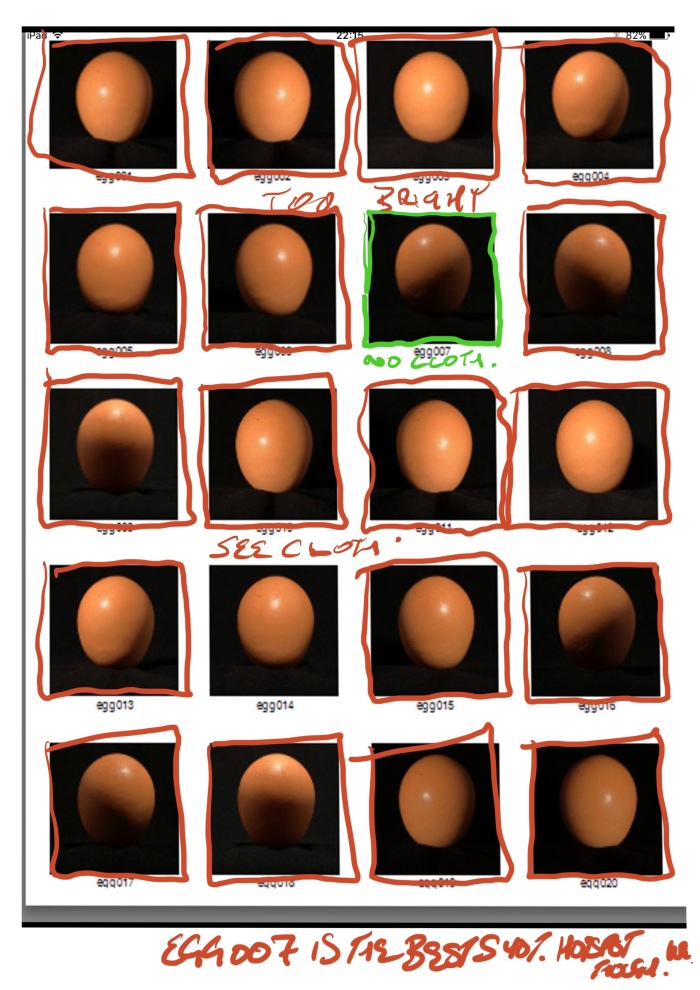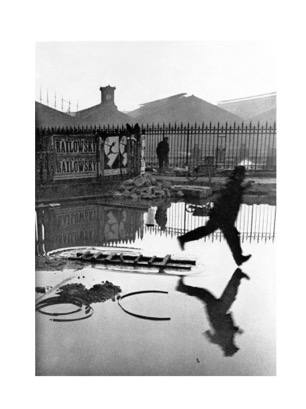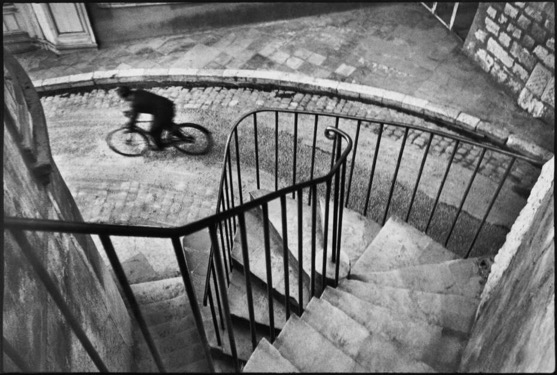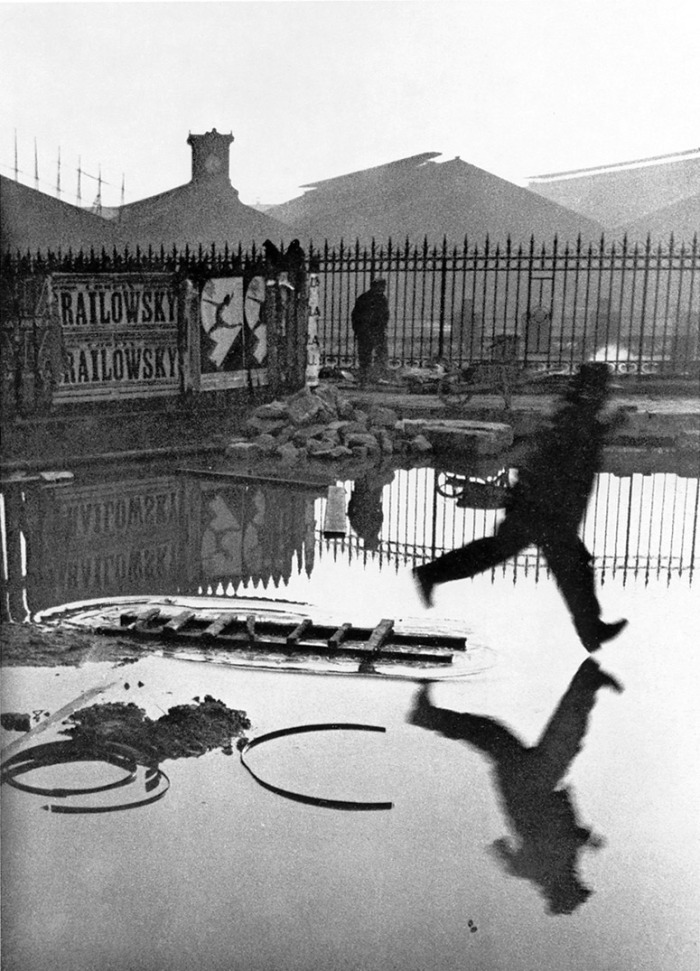As I start my next course I wanted to share where I feel I am today. Express your Vision was a revelation to me. I enjoyed it immensely. I was stretched to my limits at some points. Reading, learning then trying out new ways of seeing. the camera is only a tool. The way we […]
Author Archives: michaelgreen515037
Reflection on feedback for Assignment 4 The Language of Light.
My work for this assignment was to take photos of an egg. I was pleased to read that my tutor liked a few some of my shots. He gave me some valuable tips to improve the shots so I have reworked the series of egg shots with an added sofbox on the flash. I also played with the output of the flash to minimise the hotspots. I couldn’t get rid of them with the kit I have. I will rethink for future assignments.
Many hours have been invested revisiting each piece of work to realign, re-paragraph and correct the spelling and grammar. Plus I have removed line separation and agree it is a much better experience to read in this format.
Referincing has also been costly in time. Especially as WordPress is not easy to edit in. So again I have been working in RefME then copying to Word to put in correct order the into WordPress. This long winded workflow is quicker than doing it in WordPress.
Reading articles on contact sheets has helped me see which shots have been rejected. However you must not obscure the work done so others may view the original photo. After all they may disagree with the choice. I had never thought about my work being art I will from now on!

The sentence starting “the camera was set to trigger” has been removed. It didn’t describe why I wanted to remove wobble. I had mounted the camera on a tripod which was extended to put it in the right position. When I pressed the shutter the whole thing wobbled. So a ten second delay allowed the kit to settle. This reinforces checking. I reread and removed the sentence as it wasn’t important to the story.
A photo in the header was suggested. I had decided to not have a personal picture in my header as I didn’t want to distract from the photos in the body of work. I disagreed but decided to give it a try to see what happened. I took some shots of water in a sonic bath. I liked the patterns. I took very dark shots to give a mood that doesn’t distract but adds atmosphere. I designed a header trying to get a 60s film feel. I like what the new header adds. And learned new skills doing it.
Once again great feedback from my tutor making me think and definitely stretching my skills.
Project 5.3 Is Behind Gare St Lazare a lucky shot?

Henri Cartier Bresson Behind Gare St Lazare Magnum Photos PAR64307 (1)
Earlier I wondered if Henri Cartier-Bresson was lucky with his shots. I want to explore this further. I almost felt disparaging towards luck having a part in art.
My research considered what was happening in 1932. Hitler was in ascendancy within Germany. Einsteins theory of relativity led to splitting the atom. Art was full of geometry. Leica introduced the M2 rangefinder camera Henri Cartier-Bresson was familiar with the settings on this camera allowing him to work at speed in confined spaces.
Henry Cartier Bresson had employed geometry previously in his work such as “FRANCE. The Var department. Hyères. 1932”(2) giving depth to his work.

Cartier-Bresson France The Var department 1932 Magnum photos PAR44919 (2)
Art was playing with “Gestalt Principles” which state that we look for the whole in groups of things.
In the picture triangles formed by the roofs give similarity then you see another triangle formed by the mans legs. This dissimilar holds your attention and becomes the focal point. Figure/Ground place the man centre stage separating his shape from the background in silhouette.
I deconstructed the picture by tracing shapes and reflections. Fig 1. Shows the photo. Fig 2. Shapes and fig 3. Reflections. Shapes give great structure to this composition the reflections repeat and reinforce it. Add some lead in lines and it works alone.
There is luck in this photograph, Cartier-Bresson didn’t know who would enter the scene. He just waited till someone did. This luck breaks the rigidity of the rules. Adding a new dimension to the photograph, completing the the story.
I started this journey not sure what luck had to do with art. It adds a new dimension to our work in whatever form it takes.
Henri Cartier-Bresson felt luck was more important than skill I now empathize with this.
Bibliography
(1) Magnum photos (2014a) Available at http://pro.magnumphotos.com/Asset/-2S5RYDI9CNRQ.html (Accessed: 6 December 2016).
(2) Magnum photos (2014b) Available at: http://pro.magnumphotos.com/Asset/-2S5RYDZCKY50.html (Accessed: 6 December.
Research For Behind Gare St Lazare.

Was Henri Cartier-Bresson’s Behind the Gare St Nazare(1)” a lucky shot? In looking at this photograph I ask myself was it spontaneous, or planned and structured? Below is my mind map of thoughts about this picture.

First I wanted to consider any historical events that could have influenced the shot. Buck Rogers in the 25th century debuts. Adolf Hitler gained German Citizenship. Japan and China open negotiations after a turbulent time. Cockcroft splits a lithium atom. Amelia Earhart flies across the Atlantic. The Great Depression hits bottom in the USA. Ghandi begins his hunger strike. The Kennedy Thorndyke experiment proves Einstein theory of relativity.
In Art the Abstraction-Création movement is formed this movement counteracts Bretons surrealists. They form art from mathematical shapes on graph paper. Such as Arithmetic Drawing Composition(2).
In photography “Lunch atop a skyscraper”(3). is taken. Painted art included “Girl before a mirror” (4). both paper cutout and paint (4). In 1931 Salvador Dali shows “The Persistence of Memory” (5), which shows melting watches. These are Influenced by Einsteins theory of relativity..Shapes and form were prevalent in the Art world in Cubism and the Abstraction-Creation movement.
So whilst none of these single events influence the photo, in my opinion it is of its time. With a certain darkness influenced by the feeling in the world of art where shapes are used to build form in a picture.
Technological changes came from Leica who had released the M2(7). This camera coupled with a 50mm lens was Cartier-Bresson’s staple. He developed the skill of seeing to get the most from this lens. He could make it appear wider than the lens actually was.
Light meters also became available in 1931 with the Rhamstine Electrophot(8). Cartier Bresson shunned these as they were heavy (1.5 lbs) and he said he had the skill to assess the light and set the camera himself quickly.
Henri Cartier-Bresson had a great eye for shape and structure throughout his career however there is a change between 1932 and 1933. Shapes in the latter being more pronounced. Look at France 1932 then Italy 1933 shapes are in the former but are much stronger in the Italy project.
Whilst looking for art in shapes I read about “The Gestalt Movement ” (9). Gestalt means organising groups into recognisable things. This principle is used in graphic art a lot. They were influencial in the 1920s. There are 8 laws in this philosophy.
1. The law of proximity where we group things together.
2. The Law of Similarity where we group similars together.
3. The law of closure where we complete the gap to form shapes and groups.
4. The law of Symetry where we group together based and same shapes.
5. The law of common fate i.e. We perceive movement implied by objects.
6. The law of continuity where sub conscious looks for continuity before grouping.
7. The law of Good Gestalt where we group together shapes following order.
8. The law of past experience we group things together based on past experience. We see the letter L and l as the same letter based on this.

The above image caught my attention it fits the “Similar Law ” in being dissimilar. our eye/brain wants to group together the similar, but are drawn to the dissimilar.
Isn’t this what Henri Cartier-Bresson has done. My eye is always drawn to the man leaping across the puddle. I am searching for similars and see lots around in buildings railings and relflections. His shape forms a dissimilar hape that jumps out of the picture every time I look at it.
References. (1). Abstraction-Création (2015) in Wikipedia. Available at: https://en.m.wikipedia.org/wiki/Abstraction-Création (Accessed: 12 October 2016). Cartier-Bresson, H. and Magnum (2016) Henri Cartier-Bresson. Behind the Gare st. Lazare. 1932. Available at: http://www.moma.org/collection/works/98333 (Accessed: 12 October 2016).
(2). Citations, Quotes & Annotations Abstraction-Création (2015) in Wikipedia. Available at: https://en.m.wikipedia.org/wiki/Abstraction-Création (Accessed: 12 October 2016). (Abstraction-Création, 2015) Note: Picture by Theo Van Doesburg, Study for Arithmetic
(3). History, travel, arts, science, people, places (no date) Available at: http://www.smithsonianmag.com/history/lunch-atop-a-skyscraper-photograph-the-story-behind-the-famous-shot-43931148/ (Accessed: 12 October 2016).
(4). www, P. (2009a) Girl before A mirror by Pablo Picasso. Available at: http://www.pablopicasso.org/girl-before-mirror.jsp (Accessed: 12 October 2016).
(5).. Dalí, S. (2016) Salvador Dalí. The persistence of memory. 1931. Available at: http://www.moma.org/collection/works/79018 (Accessed: 12 October 2016).
(6). www, P. (2009b) Three musicians by Pablo Picasso. Available at: http://www.pablopicasso.org/three-musicians.jsp (Accessed: 12 October 2016).
(7). Leica II (2016) in Wikipedia. Available at: https://en.m.wikipedia.org/wiki/Leica_II#/media/File%3ALEI0150_198_Leica_II_schwarz_-_Sn._67777_1931-M39_front_view_Umbau_von_Ic-0.jpg (Accessed: 12 October 2016).
(8). Ollinger, J. (no date) James’s light meter collection: Who invented the exposure meter? Available at: http://www.jollinger.com/photo/meters/other/invention.html.
(9). The Gestalt principles (no date) Available at: http://graphicdesign.spokanefalls.edu/tutorials/process/gestaltprinciples/gestaltprinc.htm (Accessed: 12 October 2016).



















